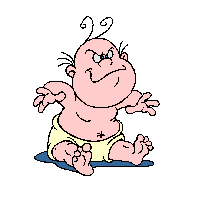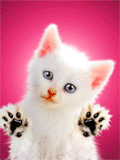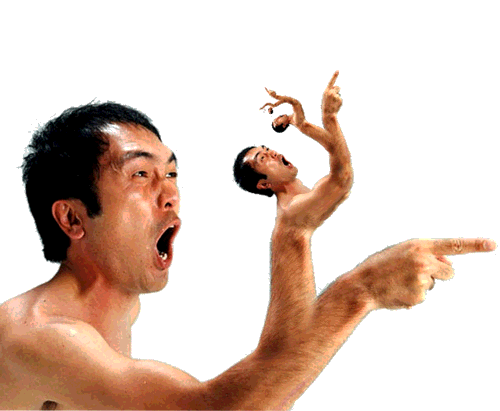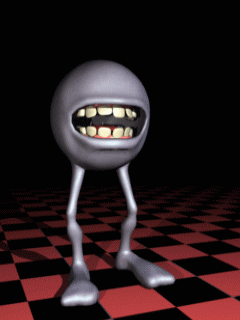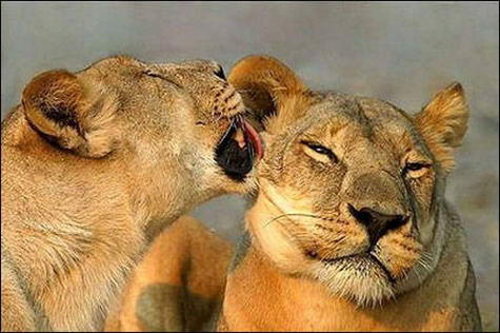Funny Photo Of Animals Biography
Source (Google.com.pk)



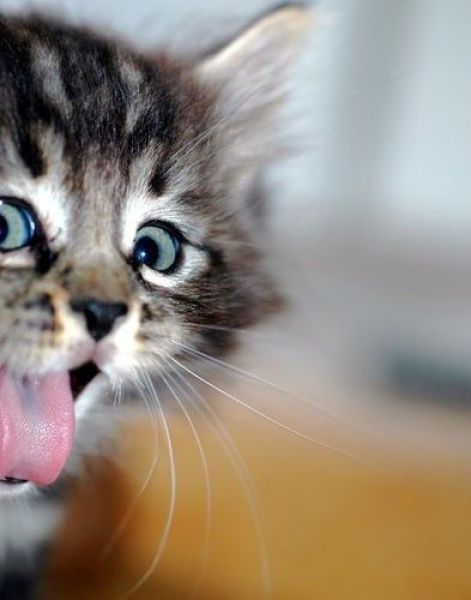
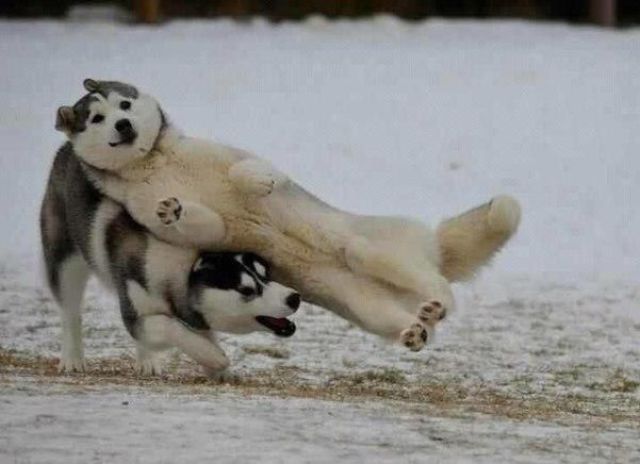
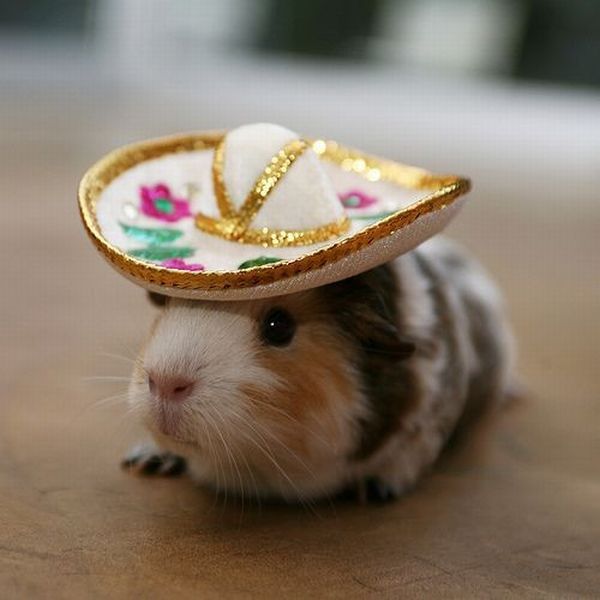
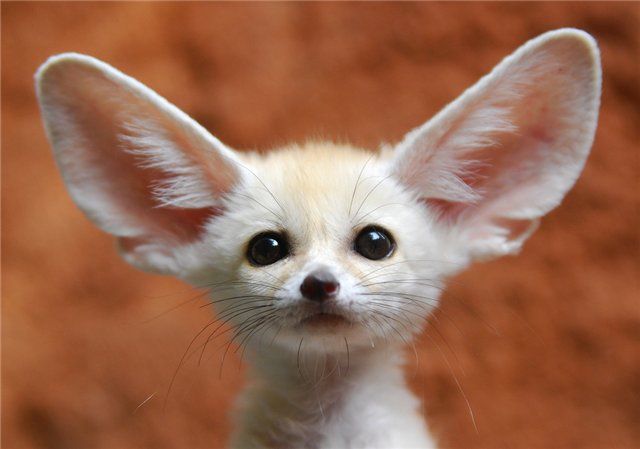

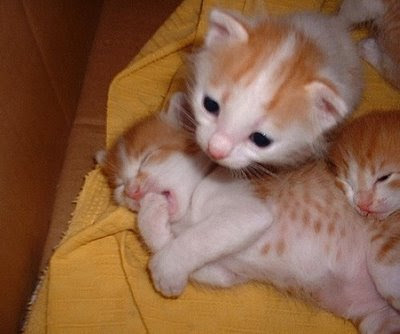

Source (Google.com.pk)
After completing her Master’s, she served as a medico legal death investigator for the Office of the Chief Medical Examiner in Oklahoma City, where she was trained to investigate various causes and manners of death, and was given the opportunity to pursue her interest in forensic anthropology.
Fitch has also worked at the Florida District 7 and 24 Office of the Medical Examiner, and then went to the Florida Department of Law Enforcement as a latent print and crime scene technician. While employed at FDLE, she processed and photographed latent print evidence as well as processed crime scenes. Amanda continued her training with the Seminole County Sheriff’s Office as a latent print analyst and performed comparisons between known and unknown prints to make identifications.
Lerah SuttonLerah Sutton is currently a Master's student in forensic science at the University of Florida and the Graduate Assistant to the William R. Maples Center for Forensic Medicine as part of the University of Florida-ASPCA Veterinary Forensic Sciences Program. In this position, she has responded to several animal crime scenes with the ASPCA in addition to her research projects. Sutton earned a Bachelor's degree with highest honors in Anthropology from the University of Florida. Earlier in her career she worked at the Florida District 7 & 24 Office of the Medical Examiner, where she provided administrative support as well as assisted in the morgue. After completing her Master’s degree, she plans to pursue a Ph.D. in forensic anthropology. Funny animal pictures are one of the most popular searches on the internet. The beauty of nature plus the creativity and intelligence of a photographer makes impressive pictures alluring the mood. Funny animal pictures remind me of the funny movies I used to watch and these images refresh my mind. The innocence of animals and the great work of photographers always make great images which please our eyes and make us smile.Animals are the cutest best friends we have. With the lovely pictures featuring funny animal, we can any time change our mood from sad or tired to happy and bright. The pictures below can infuse laughter for sure and it will definitely make your day. Here, we have made a collection of 35 funny animal pictures and I am sure you will not stop yourself from laughing after checking out the entire collection. I am sure these pictures will make you feel good even if you are struck up with the worst mood. Check out and enjoy! These animals are so hilarious! Welcome to our animal planet. Today, we will see funny funny animals who have humanized expression… em, most surprised Funny animal pictures are one of the most popular searches on the internet. The beauty of nature plus the creativity and intelligence of a photographer makes impressive pictures alluring the mood. Funny animal pictures remind me of the funny movies I used to watch and these images refresh my mind.
The innocence of animals and the great work of photographers always make great images which please our eyes and make us smile.
Funny Photo Of Animals Photos Pictures Pics Images Wallpapers

Funny Photo Of Animals Photos Pictures Pics Images Wallpapers

Funny Photo Of Animals Photos Pictures Pics Images Wallpapers

Funny Photo Of Animals Photos Pictures Pics Images Wallpapers

Funny Photo Of Animals Photos Pictures Pics Images Wallpapers

Funny Photo Of Animals Photos Pictures Pics Images Wallpapers

Funny Photo Of Animals Photos Pictures Pics Images Wallpapers

Funny Photo Of Animals Photos Pictures Pics Images Wallpapers

Funny Photo Of Animals Photos Pictures Pics Images Wallpapers

Funny Photo Of Animals Photos Pictures Pics Images Wallpapers

Funny Photo Of Animals Photos Pictures Pics Images Wallpapers















